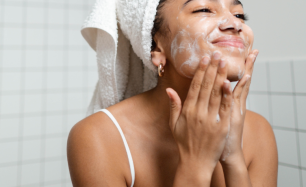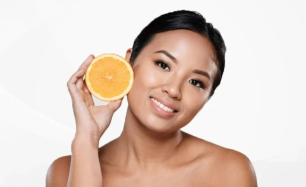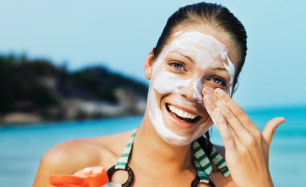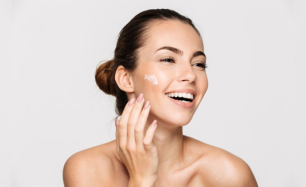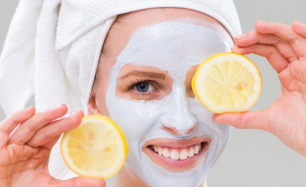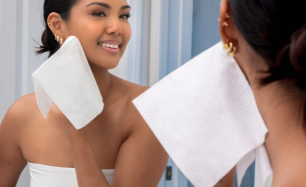How to Read and Understand Beauty Product Labels
With countless skincare and beauty products on the market, understanding product labels is essential to making informed choices. Many labels contain a mix of scientific terms, marketing claims, and ingredient lists that can be overwhelming. Learning how to decipher these labels can help you select the right products for your skin type and avoid potentially harmful ingredients.
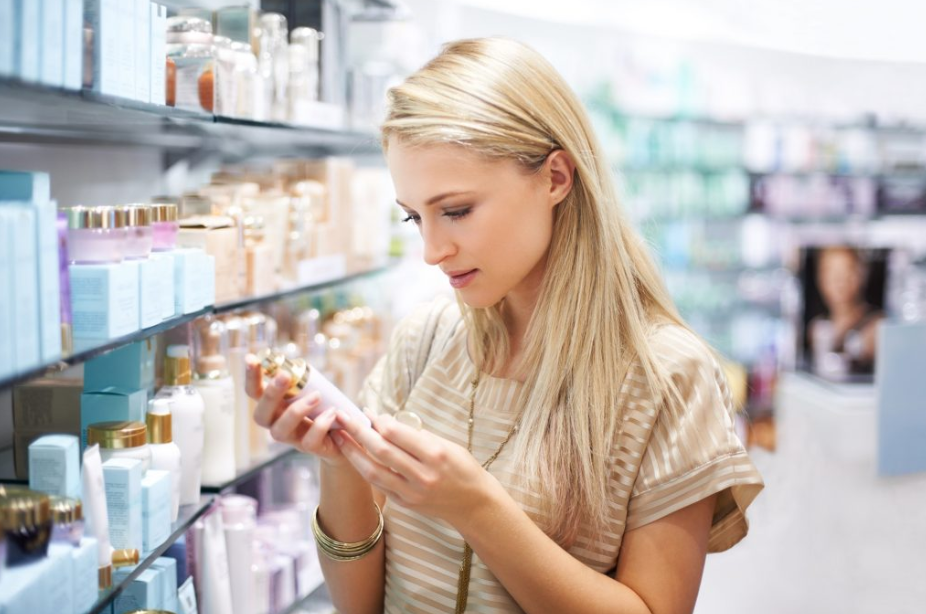
1. Key Components of a Beauty Product Label
Most beauty product labels include the following key elements:
- Product Name and Purpose – Indicates the intended use, such as moisturizer, sunscreen, or serum.
- Ingredient List (INCI List) – A standardized list of ingredients in descending order of concentration.
- Claims and Certifications – Labels may feature terms like “organic,” “paraben-free,” “hypoallergenic,” or “dermatologist-tested.”
- Expiration Date and Shelf Life – Typically found as an open jar icon with a number, representing the number of months the product remains effective after opening (e.g., “12M”).
- Directions for Use – Provides instructions on how to apply the product for best results.
2. Understanding the Ingredient List
Ingredients are listed in order of concentration, with the highest percentage first. However, ingredients below 1% can appear in any order. Here’s what to look for:
Preservatives – Necessary to prevent microbial growth; common examples include phenoxyethanol and parabens.
Active Ingredients – These are the key components responsible for the product’s primary function, such as SPF in sunscreens or retinol in anti-aging creams.
Beneficial Ingredients – Ingredients like hyaluronic acid (hydration), niacinamide (brightening), and ceramides (barrier protection) support skin health.
Potential Irritants – Fragrances, alcohols, and sulfates may cause irritation, especially for sensitive skin.

3. Decoding Common Marketing Terms
Marketing labels can sometimes be misleading. Here’s what some common terms actually mean:
- “Natural” or “Organic” – Not always regulated; check for official certifications like USDA Organic or Ecocert.
- “Hypoallergenic” – Suggests fewer allergens but doesn’t guarantee a reaction-free experience.
- “Non-Comedogenic” – Formulated to not clog pores, though effectiveness varies based on individual skin types.
- “Fragrance-Free” vs. “Unscented” – “Fragrance-free” contains no added fragrance, while “unscented” may have chemicals to mask scents.
- “Dermatologist-Tested” – Indicates testing by dermatologists but doesn’t specify the extent of the testing.
4. How to Choose the Right Product for Your Skin Type
- Oily Skin: Look for water-based, oil-free, or gel formulas with salicylic acid or niacinamide.
- Dry Skin: Opt for creamy, hydrating products with ingredients like hyaluronic acid and glycerin.
- Sensitive Skin: Choose fragrance-free, hypoallergenic formulas with soothing ingredients like aloe vera and chamomile.
- Combination Skin: A balanced formula with hydrating and oil-controlling ingredients works best.
5. Checking for Expired or Harmful Products
- PAO Symbol (Period After Opening): Indicates how long the product is good after opening.
- Batch Code: Can be used to verify manufacturing details and expiration.
- Changes in Texture or Smell: If a product develops an unusual odor or texture, it may be expired.
Final Thoughts
Reading and understanding beauty product labels empowers you to make better skincare choices. By paying attention to ingredient lists, marketing claims, and expiration dates, you can ensure that your products are safe, effective, and suited to your skin’s needs. Always research unfamiliar ingredients and prioritize transparency when choosing skincare and beauty items.
Write something…
